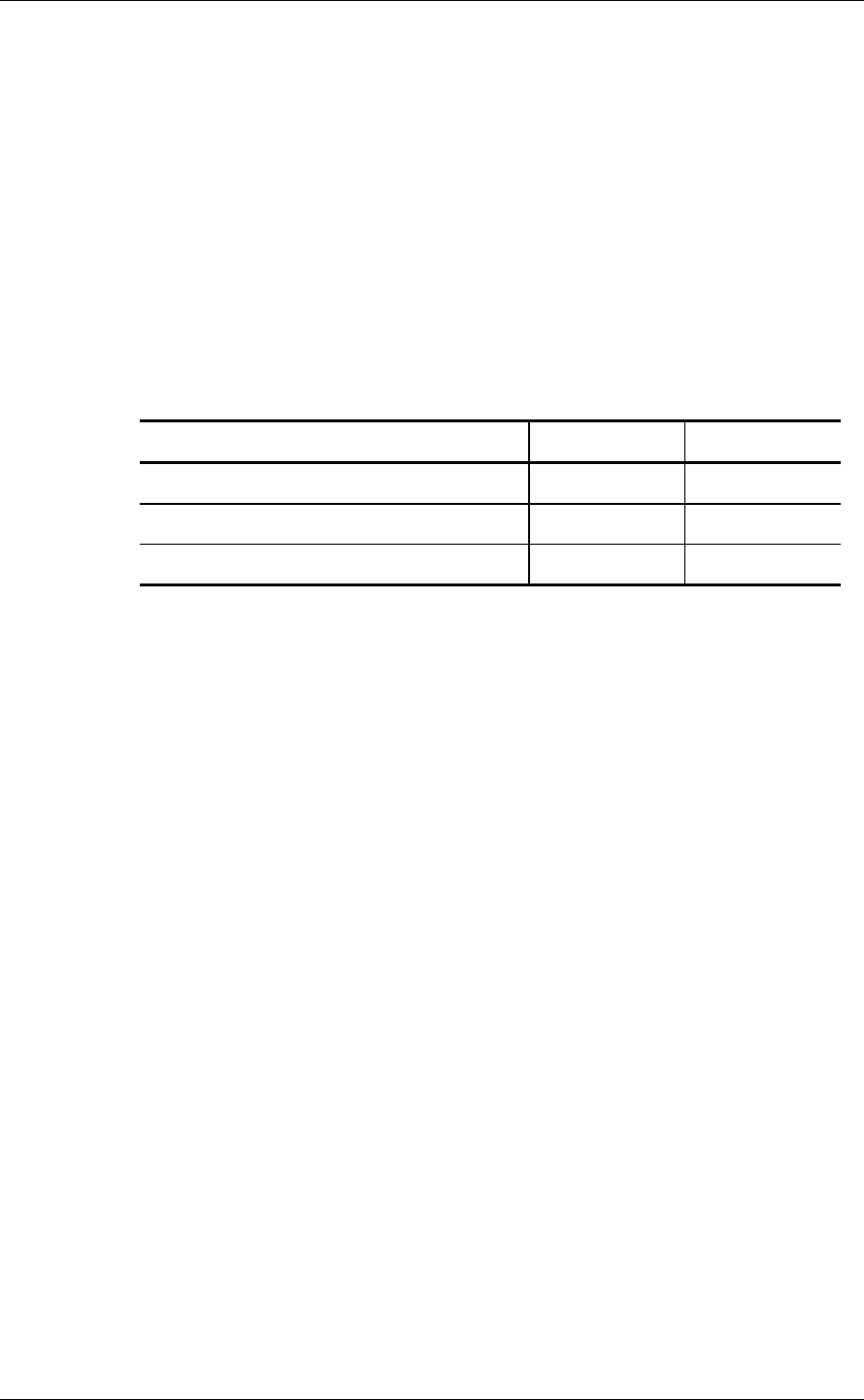
3.3 Format Commands
C141-E167
3 - 91
• Defect List Length field: The total number of bytes described in the “Defect List
Format” specifying defect data included in the P List and G
List.
3. Even if defect data of the type specified in the CDB do not exist in the defect list (P List or
G List) (if the defect list is empty), “1” is displayed in the “PList” bit and the “GList” bit in
the header transferred to the INIT corresponding to the specification in the CDB.
4. By the INIT issuing this command specifying “4” in the “Transfer Byte Length” field in the
CDB, and by investigating the information in the header transferred by the IDD, it can
know the length (number) of data included in the P List and G List.
5. Depending on the combination of defect data type specifications and format specifications,
the following conditions exist concerning the transferred defect data, so caution is
necessary.
Defect List Format PList GList
Block Address Format 2) 2)
Byte Distance from the Index Format 1) 1), 3)
Physical Sector Address Format 1) 1)
1) Regardless of the size of the User Space, all the defect position information for the
disk media other than the system space is reported. Defect position information is also
reported for areas which cannot be clearly accessed from the INIT, such as the spare
sectors for alternate blocks.
2) Logical data blocks which have undergone slip processing due to defective sectors,
and logical data blocks which have undergone alternate processing, are reported.
Defect position information is not reported for areas which cannot be clearly accessed
from the INIT (areas which do not have logical block addresses) such as cylinders and
sectors, etc. which are not used as User Space or CE Space.
3) The byte position which indicates the first byte in defective sector data is reported.
6. The number of defects reported by this command differs depending on the defect data
format.
• When data are in the “Block Address Format,” defect position information is not
reported for portions which cannot be clearly accessed from the INIT.
• When data are in the “Block Address Format” or the “Physical Sector Address
Format,” even if defects exist in multiple locations within that sector, that defect
information is reported by one defect descriptor.
• When data are in the “Byte Distance from the Index Format,” all the registered defect
positions are reported when the P List is reported, but in the case of the “Block
Address Format” and the “Physical Sector Address Format,” the defect position
information is not reported for defects which do not have an influence on data block
read/write operations.


















